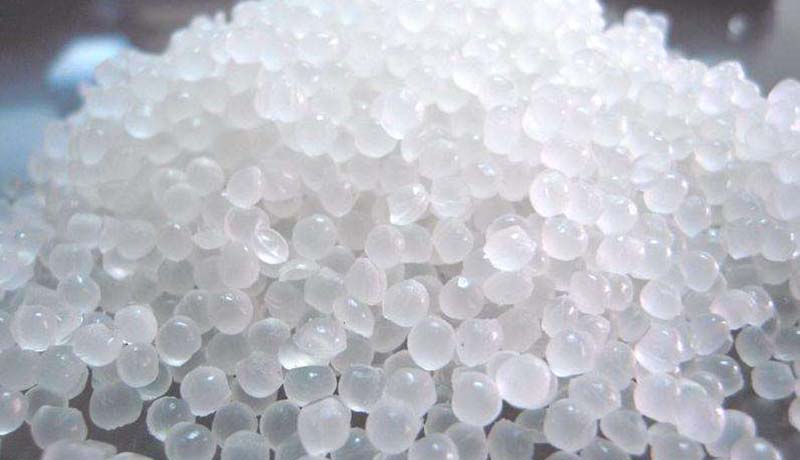In recent years, 3D printing has seen rapid growth and has emerged as a key industry with the potential to revolutionize various sectors. With over 200 types of materials currently available for 3D printing, the technology continues to evolve, pushing the boundaries of innovation. While plastics and metals have been the traditional go-to materials, new frontiers are being explored, including ceramics, biomaterials, and advanced polymers. This blog will discuss the six most commonly used 3D printing materials and their applications and potential impact on different industries.
3D Printing Polymers:
Polymer-based materials, particularly Acrylonitrile Butadiene Styrene (ABS), have been widely used in 3D printing. Though metals are gaining ground, polymers are expected to remain dominant in the market for some time due to their versatility and cost-effectiveness. ABS, Polyamide (PA), Polycarbonate (PC), Polyphenylsulfone (PPSF), and Polyether Ether Ketone (PEEK) are among the most common engineering-grade polymers utilized in the industry. These materials boast excellent mechanical properties, making them suitable for various applications, from rapid prototyping to functional end-use parts in various sectors.
Engineering Plastics:
Engineered plastics refer to industrial-grade plastics used for parts and casings. They offer high strength, impact resistance, heat resistance, hardness, and aging resistance. These materials are widely applied in 3D printing, with ABS, PA, PC, PPSF, and PEEK commonly used examples. With deformation temperatures exceeding 90°C, these plastics can undergo mechanical processing, painting, and electroplating, making them ideal for functional prototypes and end-use parts.
Biomaterials:
The future of 3D printing holds immense promise for the biomedical field, thanks to the development of bio-friendly materials. These biomaterials, such as thermal-chromic polylactic acid, Nylon 11, flexible PLA, biodegradable rubber, and bio-based materials like lay brick, are paving the way for revolutionary applications. Thermal-chromic PLA changes color with temperature variations, while Nylon 11 and flexible PLA offer high flexibility. Biomaterials derived from rice straw and bamboo have the advantage of being cost-effective and environmentally friendly, making them viable options for various medical and ecological applications.
Metals:
The introduction of metal 3D printing has revolutionized industries like dentistry, aerospace, and automotive. Commonly used metals include titanium, aluminum, chromium, and cobalt. The aerospace sector is expected to drive the growth of metal materials in 3D printing. The ability to print complex geometries and customized parts is reshaping the manufacturing landscape for critical components.
Polymer Gels:
Polymer gels are intelligent materials with fascinating properties. Sodium Alginate, Cellulose, animal/plant-based gums, protein hydrolysates, and polyacrylic acid are examples of polymer gels used in 3D printing. These materials undergo polymerization under the influence of temperature, initiators, and cross-linking agents to form intricate three-dimensional structures. The volume change in response to ion strength, temperature, electric field, and chemical substances enables the use of polymer gels in shape memory and sensing materials, as well as in intelligent drug delivery systems.
Ceramics:
Ceramic materials boast high strength, hardness, thermal resistance, low density, and excellent chemical stability, making them valuable in industries like aerospace, automotive, and biotechnology. Despite their incredible potential, the hardness and brittleness of ceramics pose challenges in processing and shaping complex ceramic components. However, advances in technology and innovation are driving the development of new techniques to overcome these limitations, making ceramics a promising material for 3D printing.
Conclusion:
The world of 3D printing materials is continually expanding, and the progress made in recent years is astounding. From traditional polymers and metals to the emergence of biomaterials, advanced polymers, ceramics, and intelligent gels, each material type has unique properties that open doors to unprecedented applications in various industries. As research and development continue to accelerate, we can expect the 3D printing landscape to evolve rapidly, bringing forth innovative solutions to real-world challenges. The limitless potential of 3D printing materials unlocks the door to a new era of manufacturing and design.




